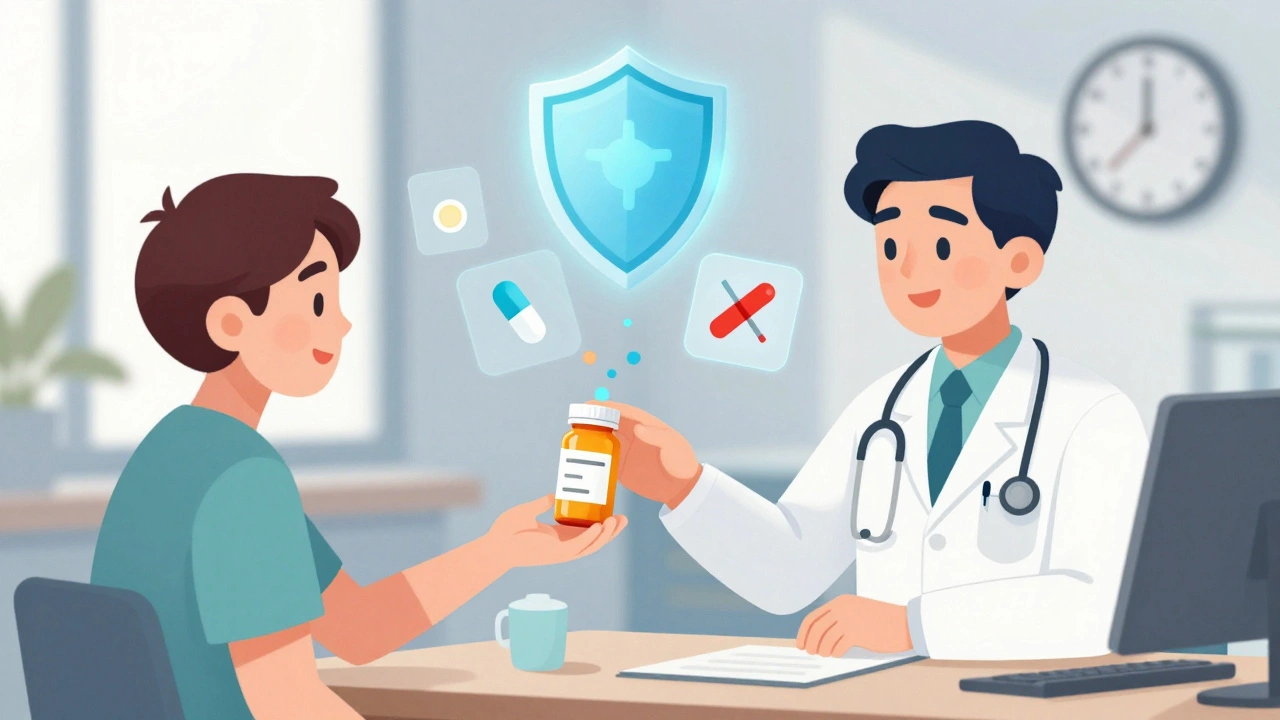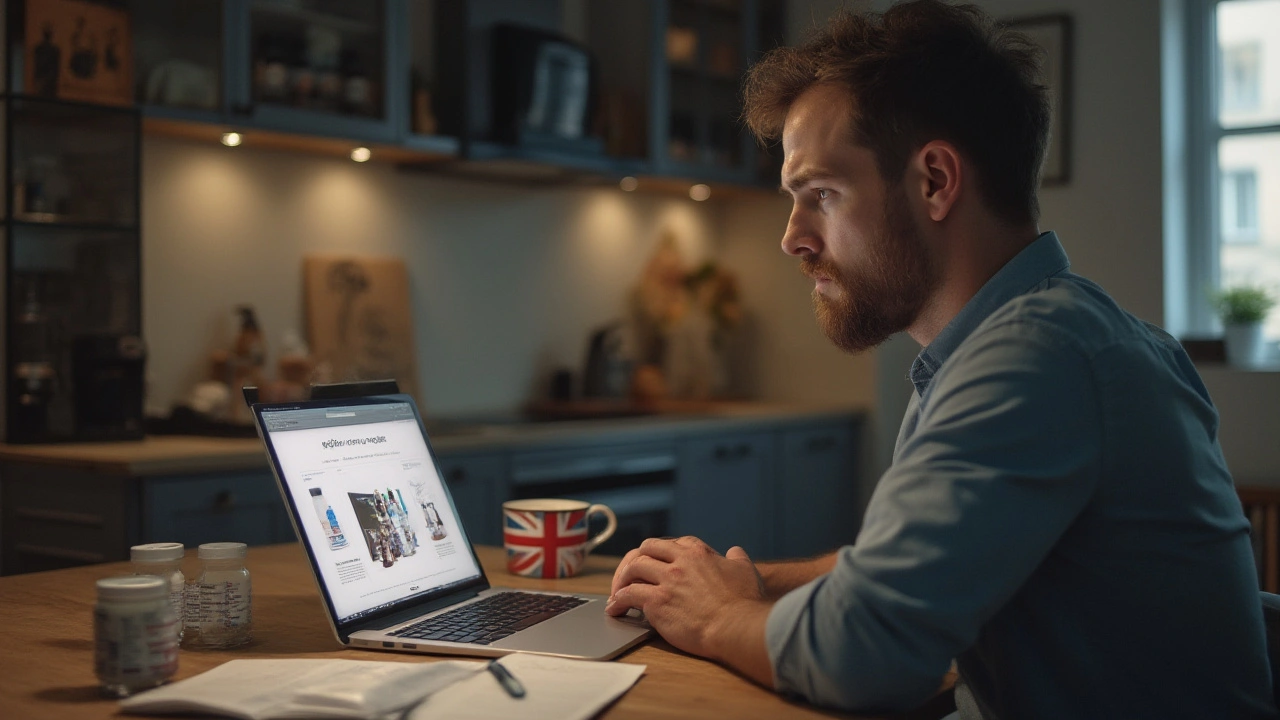Medication safety: simple steps to protect yourself
Medicine can help, but mistakes happen fast. This page cuts through the noise and gives clear, practical steps to buy medicines safely online, spot fakes, take meds correctly, and store or dispose of them without risk. Read the parts that matter to you and use the checklist at the end.
Buying medicine online safely
Only use pharmacies that list a physical address, phone number, and a licensed pharmacist you can reach. If a website won’t require a valid prescription for prescription-only drugs, walk away. Low prices alone are a red flag—if it sounds too good to be true, it probably is.
Check for secure checkout (HTTPS) and readable terms on shipping, returns, and privacy. Look for independent reviews and avoid sellers with many one-line praise posts. If possible, choose pharmacies registered with a national regulator or a known verification program in your country.
When the package arrives, check the seal, package labeling, expiry date, and the patient leaflet. Pills that differ in size, color, or taste from what you expect should not be taken until a pharmacist confirms them. If in doubt, bring photos and the package to your local pharmacy for verification.
Using and storing meds the right way
Follow the label and your prescriber’s instructions exactly. Set alarms or use a pillbox to avoid missed or double doses. Don’t share prescription drugs with friends or family—even if symptoms seem the same.
Know common interactions: many drugs mix poorly with alcohol, over-the-counter NSAIDs, or herbal supplements. Use an interaction checker or ask a pharmacist when adding any new medicine or supplement.
Store medicines in their original containers unless a pharmacist says otherwise. Keep them away from heat, moisture, and direct sunlight. For most tablets, a cool, dry place works; insulin and some eye drops need refrigeration—follow the label.
Watch for side effects. If you get a rash, breathing trouble, severe nausea, fainting, or swelling, get medical help right away. For milder side effects, call your prescriber or pharmacist to ask whether to keep taking the drug.
Dispose of expired or unused meds responsibly. Many pharmacies and community programs offer drug take-back bins. Don’t flush medicines unless the label tells you to. Remove labels before tossing containers to protect your privacy.
Quick checklist:
- Use licensed pharmacies and require prescriptions.
- Check packaging, expiry date, and leaflet on delivery.
- Follow dosing exactly; use reminders or pillboxes.
- Ask about interactions before adding new drugs or supplements.
- Store properly and use take-back programs for disposal.
If you want deeper guides—like buying specific meds online or comparing inhalers—GrantPharmacy.com has step-by-step articles and safety reviews you can read next. And if something feels off about a medicine, contact a pharmacist first.

How to Report a Medication Safety Concern to Your Clinic
- by Colin Edward Egan
- on 5 Dec 2025
Learn how to report a medication safety concern to your clinic quickly and effectively. Step-by-step guidance on what to say, who to talk to, and what happens after you report-so you can help prevent harm before it happens.

How to Recognize Changes in Color, Odor, or Texture in Expired Drugs
- by Colin Edward Egan
- on 1 Dec 2025
Learn how to spot dangerous changes in expired drugs-color, odor, and texture-before taking them. Simple visual checks can prevent serious health risks.

Body-Anabolics.com Review: Is This Online Pharmacy Legit and Safe?
- by Colin Edward Egan
- on 30 Jul 2025
Deep dive into Body-Anabolics.com—how it works, what products it offers, and tips to stay safe when buying from online pharmacies. Find out the facts, risks, and smart shopping advice.
